Description
A rectangular silver badge-plate with concave chamfered corners, very slightly curved on the vertical axis, with a coat of arms, crest and motto separately cast and rivetted to a backing plate. The script monogram ‘GCT’ is engraved on the lower part of the front face of the backing plate, below the motto. Two silver attachment loops are soldered on the reverse to enable the badge to be worn on cloth or leather, fixed with a split pin. The absence of control marks (hallmarks) and the style, particularly of the lions’ heads and the monogram letter engraving, are consistent with colonial manufacture, and especially the Orient or South-east Asia, in this case most probably India or Ceylon.
Dimensions:
Width: 8.4 cm / 3 5/16 in.; Height: 9.2 cm / 3 5/8 in.; Weight: 81 gm / 2.6 ozT
The Chetwynd-Talbot Family
The vertical engraved hatching of the coat of arms only shows the ‘field’ tincture (the shield’s main surface if it had been painted: Gules = red), but the rampant lion and engrailed bordure are clearly distinguishable as are the crest (a straight-tailed lion on a velvet cap lined with ermine) and the motto. The coat of arms (Gules, a lion rampant within a bordure engrailed Or), crest (On a chapeau Gules, turned up Ermine, a lion statant Or, tail extended) and motto (Humani Nihil Alienum) are all consistent with two branches of the Talbot family. One is the later-named Chetwynd-Talbot branch, English nobility initially holding the titles of Earl Talbot and Viscount Ingestre; the last two initials in the monogram being ‘CT’ supports this potential provenance. However, a branch of the Talbot family in the Irish baronetcy could also be candidates as they share the same arms, crest and motto. The chapeau in the crest may be a distinction dating back to members of the Talbot family who held high office in the King’s service during the 14th century. The later accession of the Earl Talbot / Viscount Ingestre branch of the Talbot family to the Earldoms of Shrewsbury and Waterford, whose motto was different although the arms and crest were the same, came about as described below.
William Talbot, 1st Earl Talbot, PC (1710–82) was a British politician. A notable figure among opposition Whig politicians during the reign of George II, he later came to Court during the reign of George III, taking the office of Lord Steward of the Household. On his death in 1782, the earldom became extinct. The barony of Talbot was passed on to his nephew John, the 3rd Baron (1749-93). He was the son of the Hon. John Talbot (d. 1756), younger son of the 1st Baron, and his wife the Hon. Catherine Chetwynd, daughter of John, 2nd Viscount Chetwynd. He represented Castle Rising in the House of Commons. In 1784, the earldom was revived when he was made Viscount Ingestre, in the County of Stafford, and Earl Talbot, of Hensol in the County of Glamorgan, both titles in the Peerage of Great Britain. Lord Talbot assumed by Royal licence the surname and arms of Chetwynd in 1786.
On John’s death in 1793, the titles passed to his son Charles Chetwynd Chetwynd-Talbot (1777-1849), 2nd Earl Talbot, who served as Lord Lieutenant of Ireland 1817-21. Charles was succeeded by his second, but eldest surviving, son Henry John Chetwynd-Talbot (1803-68), 3rd Earl Talbot, a British naval commander and Conservative politician. In 1856, on the death of his distant relative Bertram Arthur Talbot, 17th Earl of Shrewsbury and 17th Earl of Waterford, Henry John succeeded as 18th Earl of Shrewsbury and of Waterford; he had four sons and four daughters and was succeeded by his eldest son, Charles John.
From all of the offspring in succeeding generations of Chetwynd-Talbots, who had only three initials, ‘GCT’, and may have spent time in the British colonies? The search can be narrowed, it being unlikely that a monogram would be formed using only a partial set of initials and most descendants had multiple forenames. The youngest of the 11 surviving children of the 2nd Earl Talbot (see entry at bottom of family tree ), the Hon. Gerald Chetwynd Talbot (1819-85), is a clear candidate.
Hon. Gerald Chetwynd Talbot (1819–1885)
Born in Ireland on 3 Oct 1819, youngest son of the 2nd Earl Talbot, he married Margaret Mackay (born in Ceylon the daughter of Captain Alexander Mackay) at St Stephen’s Church, Trincomalee in 1840; they had two sons (educated at Radley) and two daughters (who stayed in England under the care of a governess). Apparently, their parents spent most of their time together in Calcutta, with occasional trips to Ceylon (now Sri Lanka) by Mrs Talbot for her health, often accompanied by her mother, the children’s grandmother, but there were few trips back to England. Letters from the boys, now in Radley College archives are available online: https://100radleyobjects.blog/no-7-letter-home-1857/ . Gerald Chetwynd Talbot and his brother John were among the first supporters of the fledgling College, having close links with its co-founder William Sewell, and Gerald subsequently became a Trustee.
Working originally in the Ceylon Civil Service, he was Private Secretary, from Aug 1856 to Apr 1858, to Lord Canning when Governor-General of India during the testing times of the Indian Rebellion of 1857; his 5-volume private diary and letter books covering the years 1856-8, describing his reactions to the events of the ‘Mutiny’, his disapproval of Canning’s ‘clemency’, and his frustrations working with Canning, are held by the British Library. In 1858 he became Private Secretary to Lord Stanley when Secretary of State for India (in the newly created role following the ending of East India Company rule in Bengal and when most of India was brought under direct administration of the British Government in London). He was subsequently Director-General of the Military Store Department at the India Office for nearly 20 years, 1860–79. In 1860, he was an early recipient of the Zoological Society of London Silver Medal, for assistance in the introduction of Indian pheasants, just one year after Lord Canning and others had won the medal for assistance in forming the first collection of Himalayan pheasants. From 1862, he became a Trustee of Radley College and, in Oct 1863, he was listed as one of a number of Directors of ‘The Star and Garter Hotel Company Ltd.’ of Richmond, Surrey, his address being given as: India Board, Cannon Row, Westminster, and Surbiton. He died, aged 65, on 13 Feb 1885.
[from Dictionary of Indian Biography, The Times newspaper, Zoological Society of London, Radley College et al.]
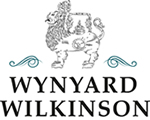
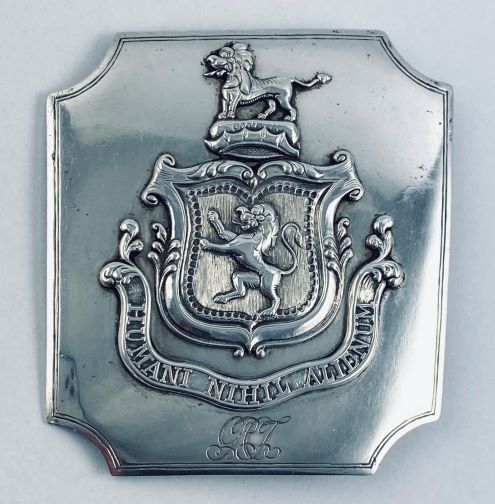
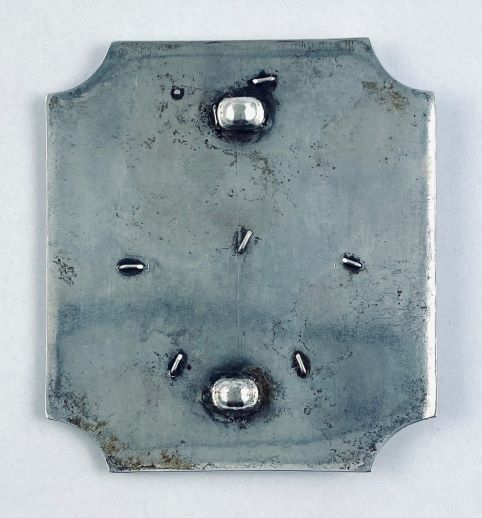
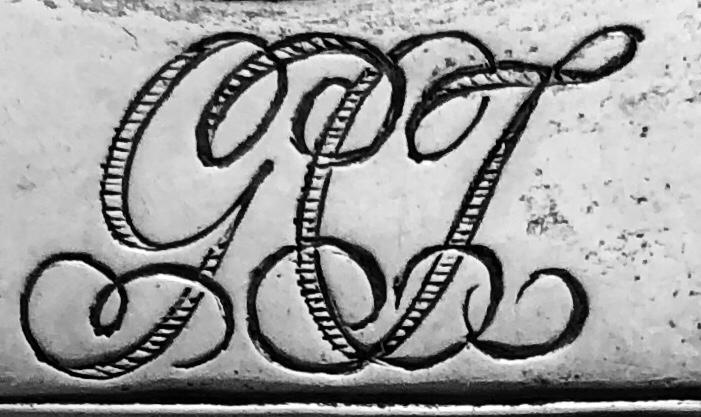
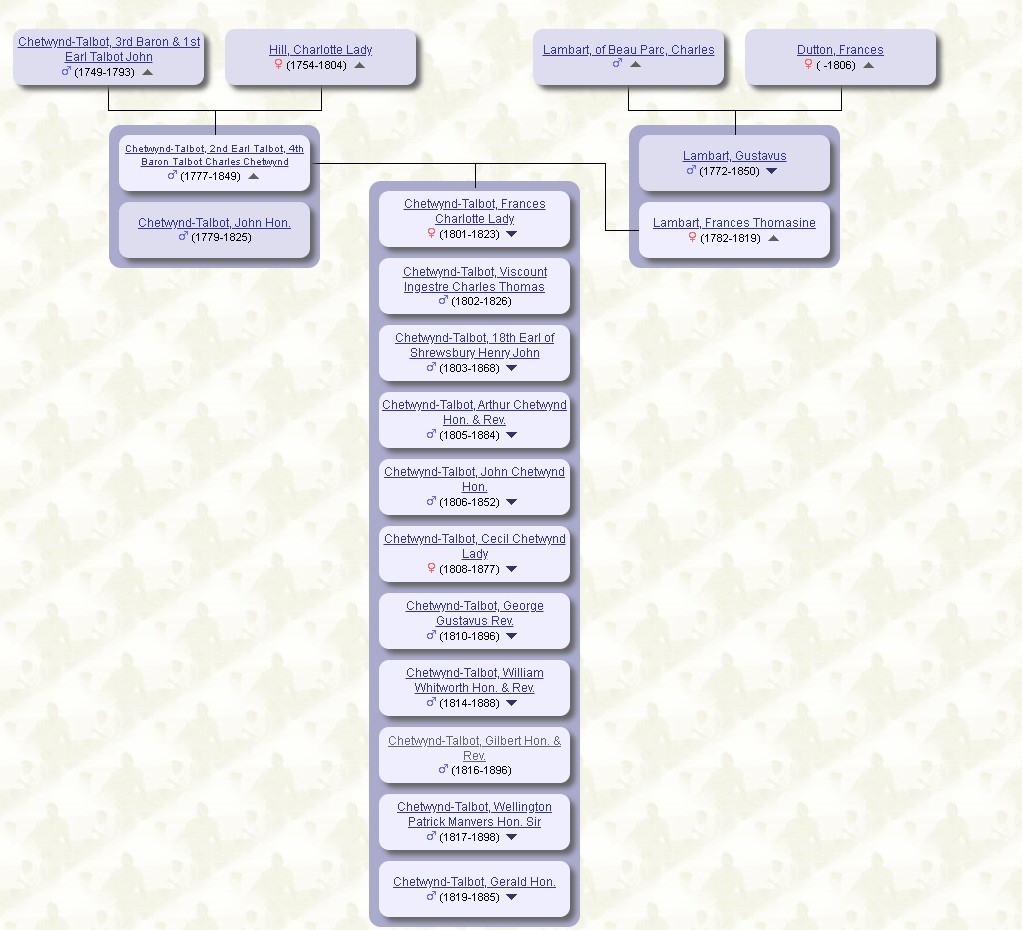
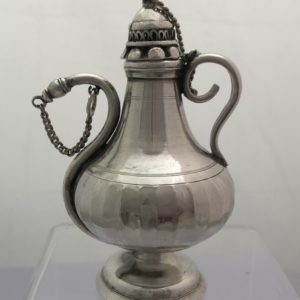
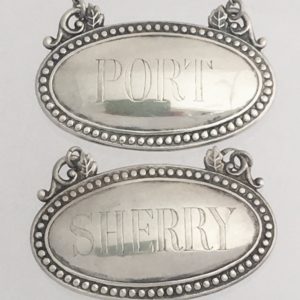
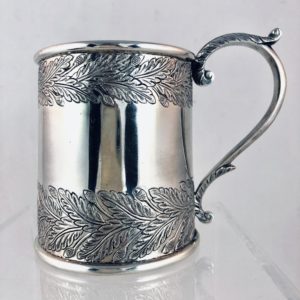
Reviews
There are no reviews yet.